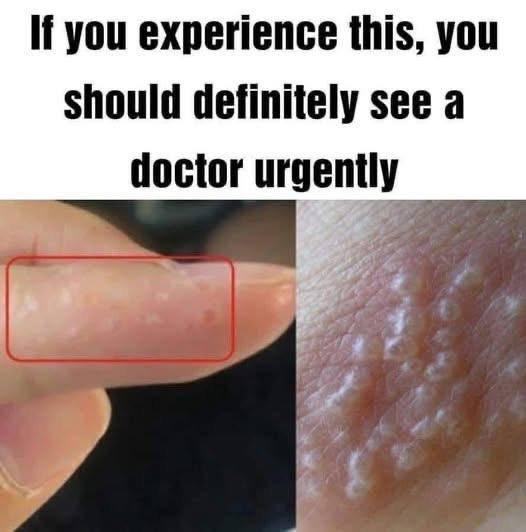What Makes Dyshidrotic Eczema Unique?
Dyshidrotic eczema stands out for the deep, clear blisters it causes, usually on the edges of the fingers, palms, and soles of the feet. These blisters can cause severe itching, burning, and discomfort. As they heal, the skin may peel or crack, and sometimes painful sores or infections develop.
This condition is sometimes described more specifically depending on where it appears:
Cheiropompholyx: affects the hands
Podopompholyx: affects the feet
Cheiropodopompholyx: affects both
Though it typically affects people between the ages of 20 and 40, anyone can develop it—especially those with a history of allergies, asthma, or other skin conditions.
What Triggers a Flare-Up?
While the exact cause is unknown, researchers have identified several common triggers:
Seasonal changes, especially spring (linked to higher pollen levels)
Excess moisture or sweating on the hands and feet
Contact with metals like nickel or cobalt
Harsh soaps, detergents, or cleaning products
Emotional stress or anxiety
Fungal infections or, in some cases, certain foods
Despite its appearance, dyshidrotic eczema is not caused by poor hygiene, nor is it contagious.
Diagnosis and Treatment
Doctors typically diagnose dyshidrotic eczema through a physical examination and a review of your medical history. In some cases, skin tests or biopsies are used to rule out other conditions.
Although there’s no cure, treatment focuses on reducing symptoms and preventing future flare-ups:
Topical corticosteroids to calm inflammation and itching
Cold compresses for soothing blistered skin
Thick moisturizers to help repair the skin barrier
Antihistamines for itch relief
Phototherapy (light therapy) for chronic or severe cases
Antibiotics or antifungals, if infection is present
A key rule: don’t pop the blisters. This can lead to infection and worsen your symptoms. Wearing protective gloves, avoiding irritants, and keeping hands and feet dry are essential for managing daily life with this condition.
Living with Dyshidrotic Eczema
While living with dyshidrotic eczema can be frustrating, relief is possible. Identifying your personal triggers, sticking to a gentle skincare routine, and working with a dermatologist can significantly reduce flare-ups. For many people, managing the emotional stress that comes with a chronic condition is just as important—counseling or support groups may help.
The Bottom Line
If you notice clusters of itchy, red blisters—especially during the spring—don’t ignore them. Dyshidrotic eczema may be painful, but it doesn’t have to control your life. With the right strategies and medical support, you can manage flare-ups and protect your skin for the long haul.

